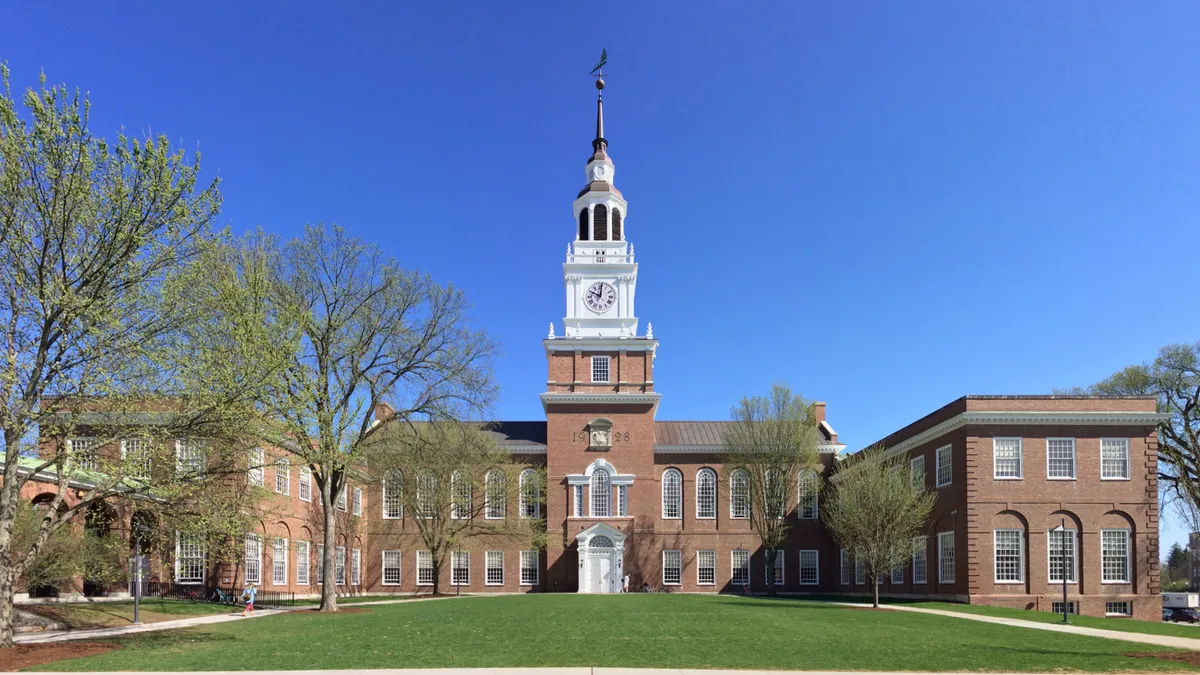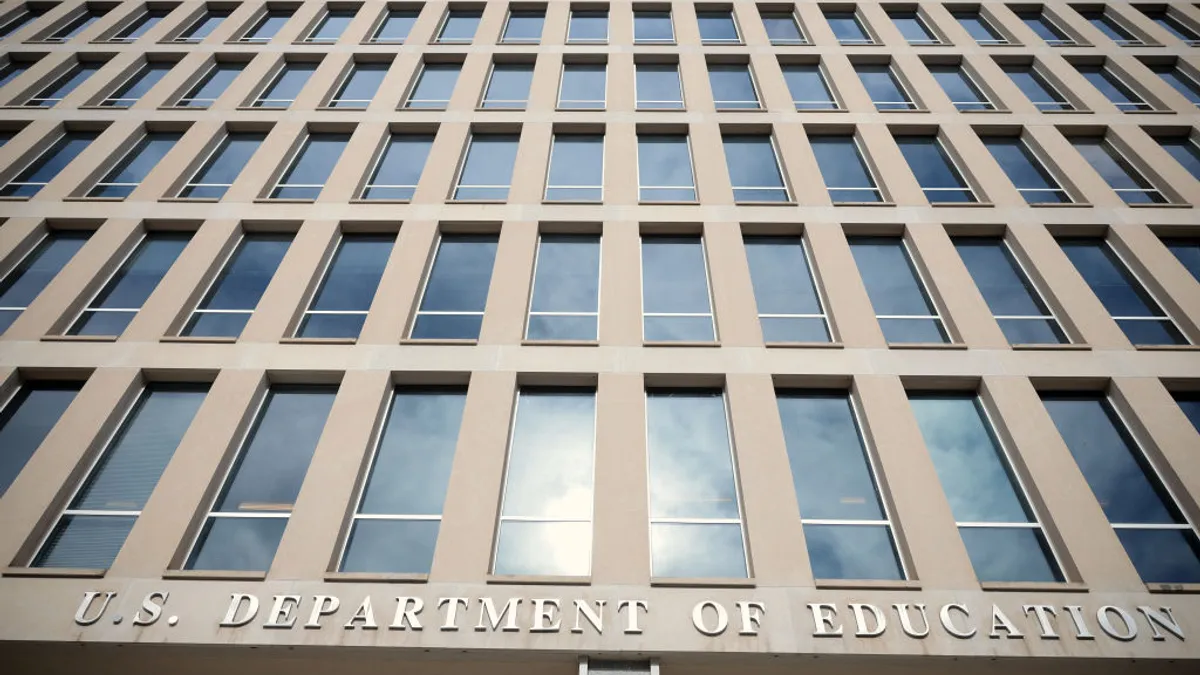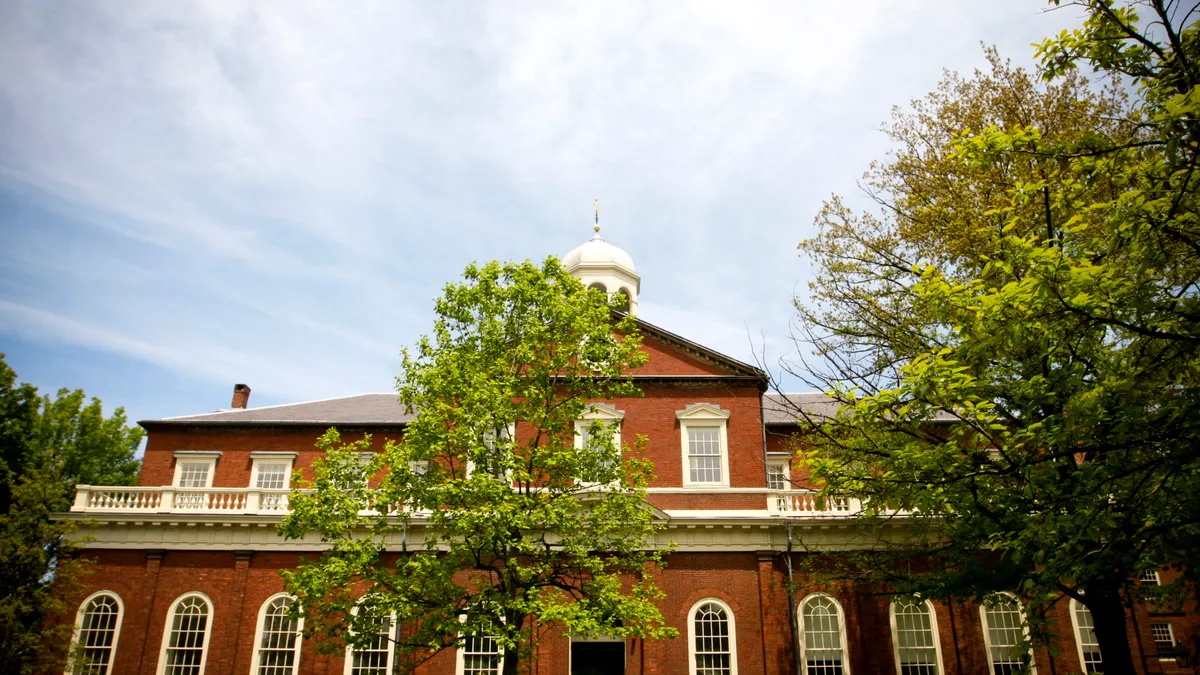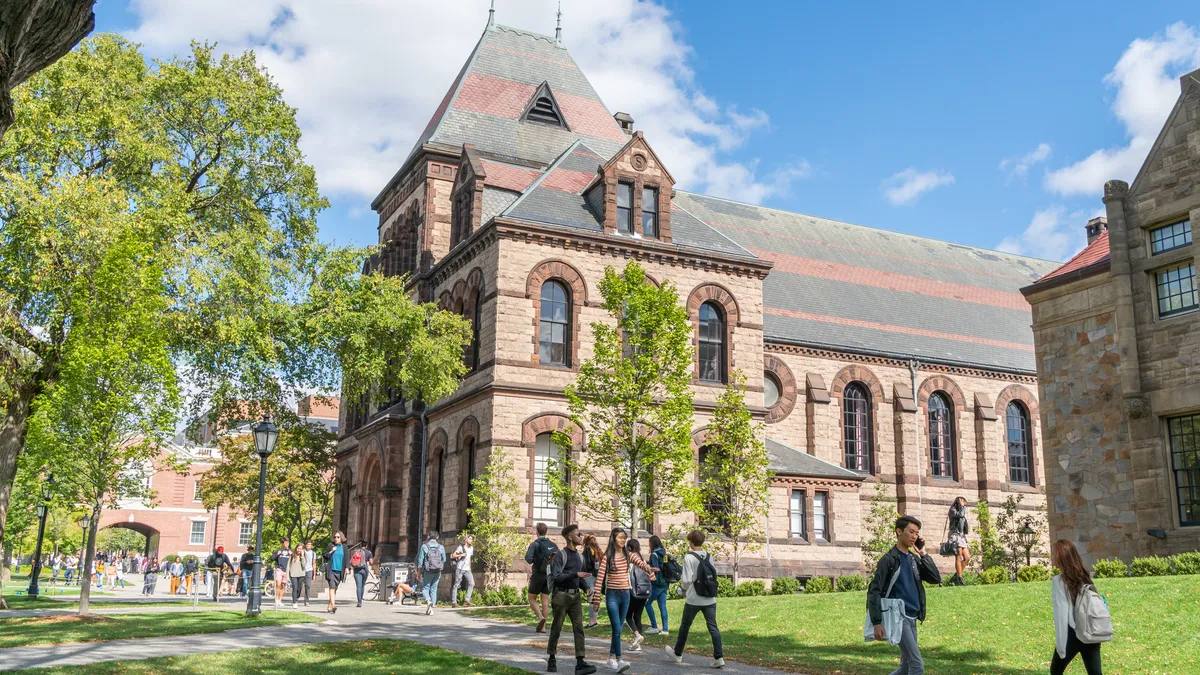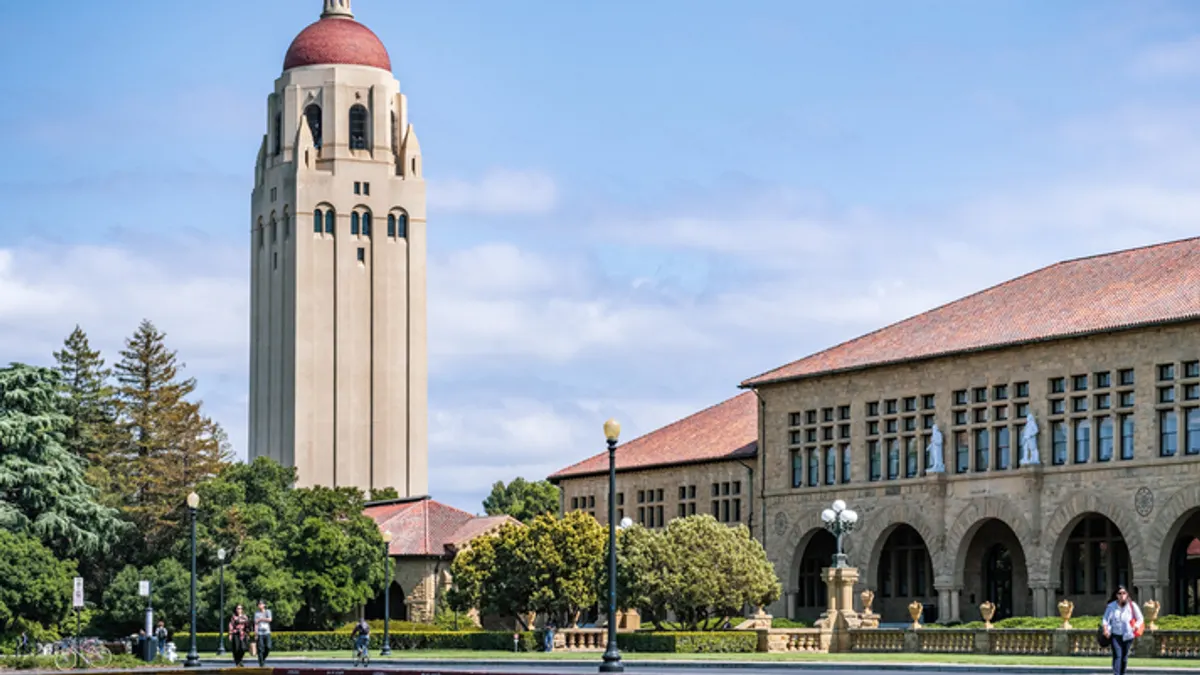Last week, New America released a damning report on the financial aid practices of hundreds of colleges and universities. According to the report, higher ed institutions are engaged in a “shell game” in which they use federal Pell Grants to replace their own financial-need-based aid and then shift that funding to a merit-based system.
The goal of this strategy is to climb higher in the college prestige rankings, like those offered by U.S. News & World Report, and ultimately drive revenues higher.
The study names names, shaming some and lauding others, pointing out examples of universities sacrificing low-income students for the sake of boosting revenues, as well as schools that are doing right by low-income families and their college-bound children.
Below are some of the most interesting points from the sections of the report on private institutions. Be sure to check back tomorrow for the public side of the coin.
Affordability is poor at even the wealthiest private colleges
For families whose annual incomes are less than $30,000, only 43 private colleges (out of 828 studied) charged an average net price — tuition and fees minus grants and scholarships — of less than $10,000 in the 2011-12 school year. Even wealthy schools put the squeeze on low-income students, as 95 private colleges with endowments of more than $250 million, were found to charge low-income families an average net price of more than $10,000. And 11 of them charged more than $25,000.
Northeastern takes one of the report's worst beatings
Northeastern University has an aggressive merit aid program which has boosted its average freshman SAT score to 1400, along with its U.S. News & World Report ranking rising by more than 100 places since 2002. But its Pell Grant students are only 14% of the total enrollment, and its average net price for lowest-income students is $18,542.
Still, Northeastern is just one of 48 private schools on what could be called the report’s Naughty List: The institutions with 15% or less of their student bodies made up of Pell Grant recipients and that charge the lowest-income students an average net price of $10,000 or more.
It has plenty of company on the naughty list
Catholic University of America in Washington, D.C., is listed as having the highest net average price for lowest-income students: $30,770. The lowest share of Pell Grant students? Washington and Lee University in Virginia and Kenyon College in Ohio, both at 9%.
Several schools come out looking great
Vassar College is praised for its financial aid approach under Catharine Bond Hill, an advocate for college access and affordability who was hired as president in 2006. Vassar now has a need-blind admissions policy, and has boosted the number of Pell Grant recipients to 22% of its enrollment, up from 12% before 2006.
Besides Vassar, the Massachusetts Institute of Technology, Smith College, Stanford University, Cornell University, and Cooper Union are on the equivalent of the report’s private institution Nice List. In all, the list has 24 private colleges and universities where more than 15% of students are Pell Grant recipients and the average net price for lowest-income students is less than $10,000.
Rust College in Missouri has the highest percentage of Pell Grant recipients at 90%, and Pomona College in California has the lowest net price at $2,751.
The other six Ivy League schools fall somewhere in the middle
Six of the eight Ivy League schools, including Harvard University, Princeton University, and Yale University, appear on what could be labeled the Somewhat Nice List. That list includes 19 schools where students are charged a low net price, under $10,000. But these schools don’t have that many of them, with Pell Grant students making up 15% or less of total enrollment.
The rest of the schools have high Pell enrollment and high prices
Nearly 90% of the 828 private institutions examined by the New America report fall in the fourth category, where Pell Grant recipients are more than 15% of the student body and lowest-income students are charged more than $10,000.
Baylor University is singled out in this category, having increased its institutional scholarships to $150 million in the 2011-12 school year from $42 million for 2002-03. But a lot of the scholarship funding goes to affluent students, and for students with families that make less than $30,000 per year, the university charges an average net price of $21,370.
In addition to Baylor, Drexel University, Rensselaer Polytechnic Institute, Santa Clara University, Tulane University, the University of Miami, and the University of Tulsa are criticized in the report for allotting merit aid to a larger share of affluent freshmen than the percentage of Pell Grant recipients they have. They all charge the lowest-income students an average net price of more than $20,000 and provide more than 20% of their affluent students with merit aid.
Would you like to see more education news like this in your inbox on a daily basis? Subscribe to our Education Dive email newsletter! You may also want to read Education Dive's look at 6 solutions helping institutions bolster student success.



